|
This is one of those animals I chose simply because it looks so strange. It's a dog-like mammal that appears to have the body of a wolf, the face of a fox, the legs of a deer, and it has urine that smells like marijuana. Being this strange, it's surprising that few people have even heard of this animal (I just learned about it a few days ago). It's time to change that! What the heck is a Maned Wolf? This name is kind of unfortunate because the word "wolf" has negative connotations for many people. The maned wolf is not a wolf, and even though it resembles a fox on stilts, it is not a fox either. Instead, it is a canine species that is in its own genus (Chrysocyon, which means "golden dog") and is not closely related to other living canines. So, it is not a fox, wolf, coyote, dog, or jackal. Maned wolves live in South America, primarily in south and central Brazil and into Paraguay, Argentina, and Bolivia. Unlike many other canines, these creatures are omnivorous, meaning they eat substantial amounts of both plants and animals. They get their name from the noticeable mane of hair on their neck, which stands up straight when they sense danger. Amazing Facts about the Maned Wolf First let's figure out those long legs. Although maned wolves are not particularly heavy animals (average 51 pounds, or 23 kg), these legs make the creature the tallest of all the wild canines. Why would a canine need legs that long? It has to do with the habitat these creatures live in. They inhabit grasslands, savannas, marshes, and wetlands, and it is thought that long legs help them see over the tall grasses. Their long legs also probably help them run through the grasses. Unlike real wolves, maned wolves do not form packs. They live most of their lives alone, and they hunt alone. They are considered crepuscular, which means they are most active during the twilight hours. You may have noticed from the photos that maned wolves have exceptionally large ears. This helps them with their unusual hunting techniques. They will stand still and rotate their ears, listening for small creatures moving around in the tall grass. If they hear something, they tap the ground with a front foot to flush the prey creature out, then they pounce on it. They typically eat rodents, rabbits, insects, birds, and sometimes even fish. The really surprising thing is that the maned wolf's diet is 50% plants! This is highly unusual for a canine species. They feed on sugarcane, fruits, and other plants. In fact, studies show that they eat at least 116 different plant species. The most common food item for the maned wolf is a fruit called the wolf apple. Astoundingly, this tomato-like fruit can make up 40% to 90% of the maned wolf's diet. Maned wolves seem to love these, and they regularly seek them out. Part of the fruit's appeal is that they grow all year, whereas most other fruits in the maned wolf's habitat are only available in the rainy season. Below is the wolf apple. The seeds of the wolf apple pass right through the creature's digestive system and are deposited on the ground along with a nice pile of fertilizer. This makes the maned wolf an important means of seed dispersal for this plant. So important, in fact, that this relationship between the maned wolf and the plant is considered a symbiotic relationship, in which the two species rely on each other to survive. An interesting twist to this symbiotic relationship is that maned wolves will often seek out a leafcutter ant nest before defecating. It will then poop directly onto the ant mound. Why? Because this helps the wolf apple seeds to germinate. How? Well, the ants need the dung as fertilizer for their underground fungus gardens (Did you know ants grow underground fungus gardens? That in itself is a fascinating story for another newsletter!). The ants carry the valuable dung below ground, but they don't need the wolf apple seeds, so they carry those away from their nest and place them in ant trash piles. For some reason this helps the seeds grow. So... the symbiotic relationship actually includes three species: the maned wolf, the wolf apple plants, and the leafcutter ants. Actually, four species if you include the fungus farmed by the ants. These kinds of relationships in nature fascinate me! Because other canines do not eat many plants, zoos were slow to figure out how to properly feed captive mane wolves. Historically, they fed them mostly meat, and the maned wolves often developed bladder stones. Eventually, as the maned wolf became better understood, zoos switched to a diet with more vegetables and fruits, resulting is healthier animals. The maned wolf has a strange vocalization for communication. It's called the roar-bark, and few people have the opportunity to ever hear it. Check out this video of a wild maned wolf using its roar-bark. Speaking of communication, what's the story on this urine with a strange smell? Besides their roar-bark, maned wolves use their urine as a form of communication. For example, they mark their territories with the strong-smelling urine, as a way to warn other maned wolves to stay away. They also mark their paths to the spots where they have buried prey animals they couldn't eat in one meal (they do sometimes take larger prey). Below is a maned wolf urinating on a tree to mark its territory. As I said above, this is special urine, with an unusual smell. The urine releases pyrazines, a compound that creates a powerful odor that smells like marijuana smoke. Some people also say it smells like hops. As it turns out, pyrazines happen to be present in both of these types of plants. Here's an interesting story of an incident that occurred at the Rotterdam Zoo in South Holland province (in The Netherlands). Dutch police were called because zoo visitors were reporting that someone was illegally smoking pot in the zoo. When the police investigated, they learned the smell was coming from urine in the maned wolf cage! One more tidbit of information. We can't discuss a canine species without looking at the puppies, can we? Who doesn't like puppies? Well, actually they're called cubs, but I like the word puppies. Although maned wolves usually live alone, you probably know they have to violate this rule now and then if they want to propagate. After a gestation period of about 65 days, the female gives birth to a litter of two to six black pups. Yep, the pups have black fur for about the first 10 weeks before their fur turns red. The parents stay together while the pups are young so they can both take care of the little furballs (although the females do most of the care). After the pups are weaned from breastfeeding, their parents feed them regurgitated food. Yeah, they eat barfed-up animals and plants, like a baby bird. Everyone deserved a warm meal, right? So, the Maned Wolf deserves a place in the S.A.H.O.F. (Superlative Animal Hall of Fame). FUN FACT: The word superlative originated in the late 1300s, and it came from the Latin word superlativus, which meant "extravagant, exaggerated, hyperbolic." Superlative today is used as an adjective to describe something as "of the highest kind, quality, or order; surpassing all else or others." It is also a noun used in grammar, referring to the highest degree for comparison. For example, take the word cool. The comparative form is cooler, but the superlative form is coolest. And you have to admit, the maned wolf is the coolest. So, superlative is another way to say awesome! Photo Credits:
Maned wolf #1 - DepositPhotos Maned Wolf #2 - Wikimedia Commons Wolf Apple - Tribal Simplicity Maned wolf in zoo - DepositPhotos Stock Images Maned wolf urinating on tree - Wikimedia Commons Maned wolf mother with cubs - DepositPhotos Stock Images
0 Comments
Leave a Reply. |
Stan's Cogitations
Everyone needs a creative outlet. That's why I write. Archives
March 2024
|

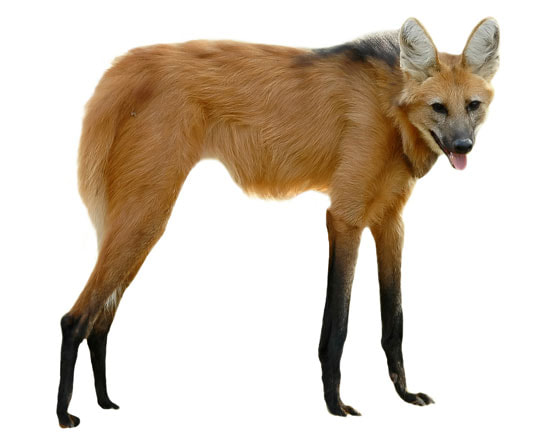
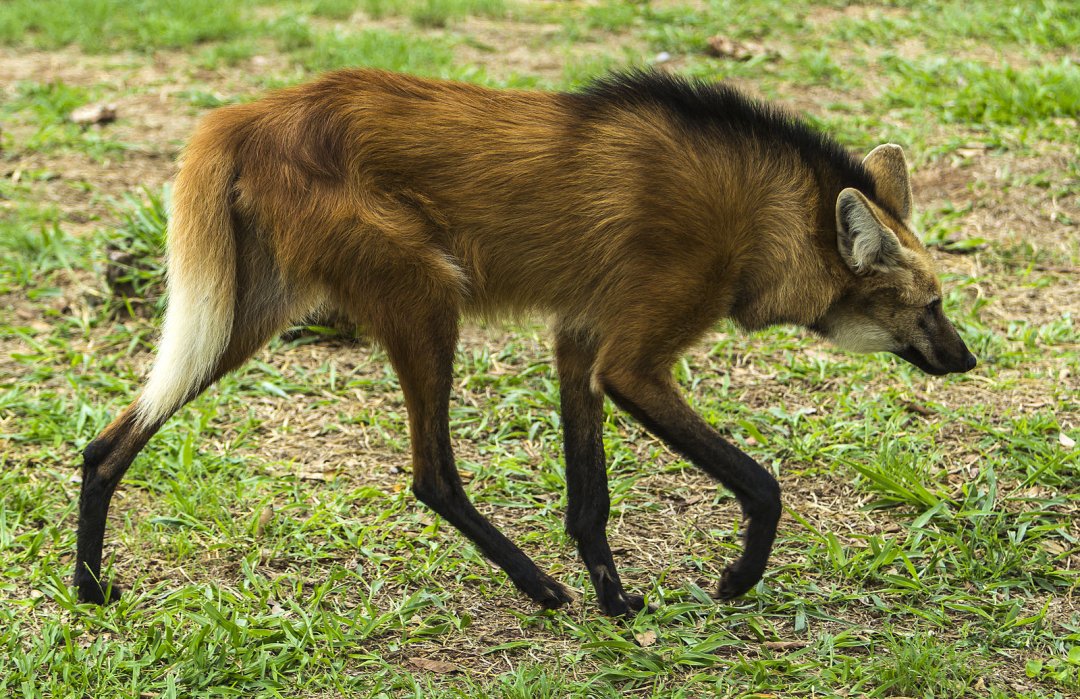
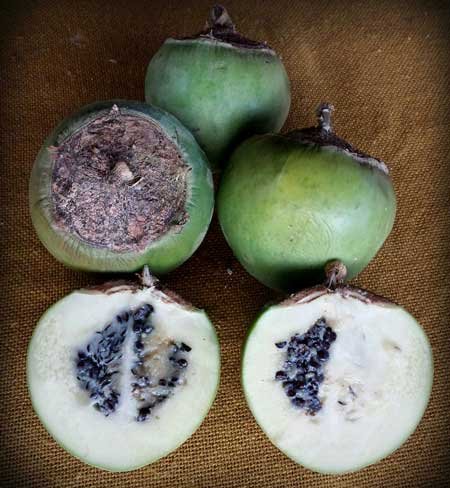
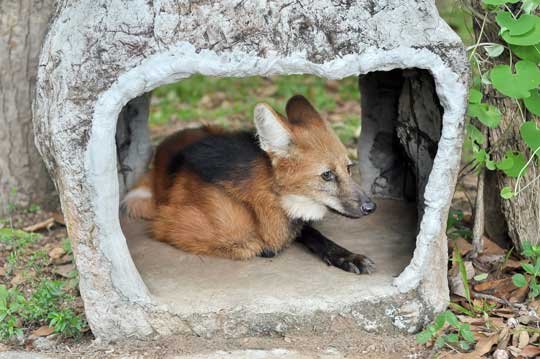
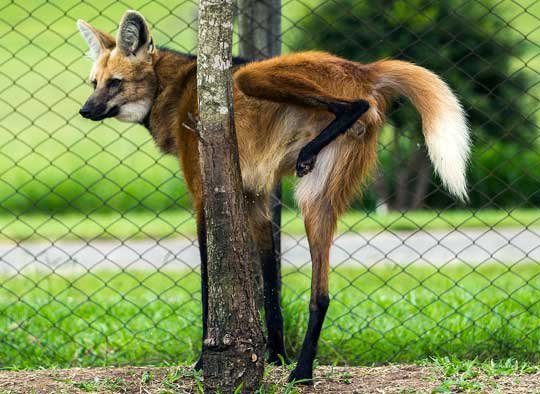
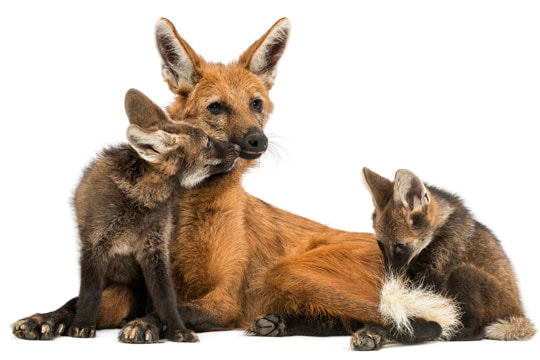
 RSS Feed
RSS Feed